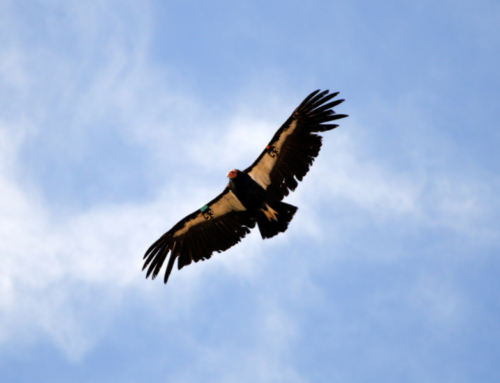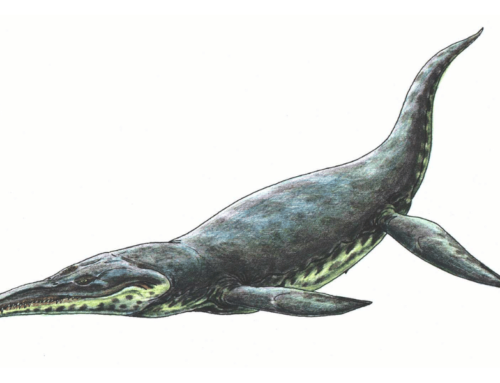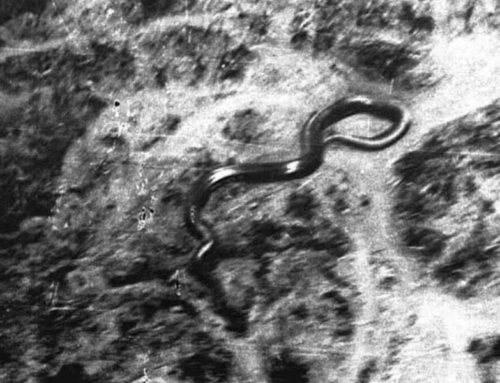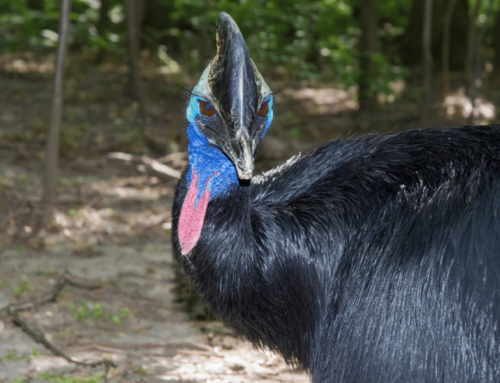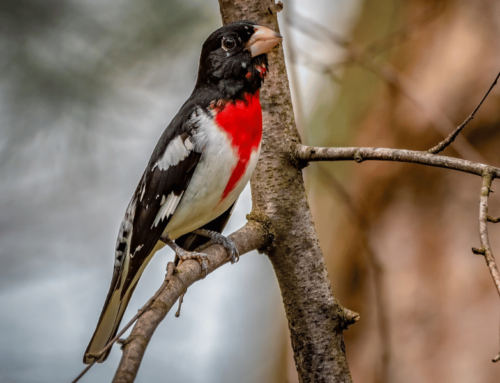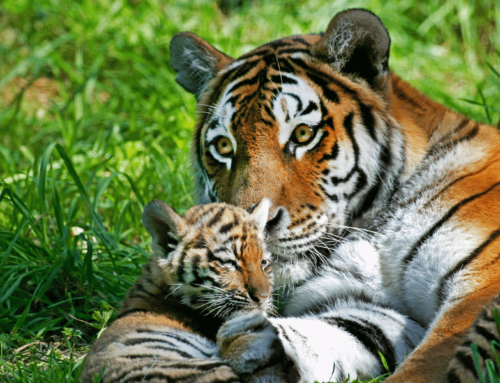The Black-naped Pheasant Pigeon was long thought to be an extinct bird subspecies. Science had only confirmed its existence over a century ago. Now we have empirical evidence that this bird is still alive. It lives in the forests of Fergusson Island in Papua New Guinea.
This article covers the rediscovery of the Black-Naped Pheasant Pigeon.
Rediscovery of the Black-Naped Pheasant Pigeon
Background:
The Black-Naped Pheasant Pigeon is classified as a subspecies of Pheasant Pigeon. There are currently four total subspecies. The other three being the White-Naped Pheasant Pigeon, the Grey-Naped Pheasant Pigeon and the Green-Naped Pheasant Pigeon. Some scientists classify these different groups as being four distinct species instead however.
The Black-Naped Pheasant Pigeon was previously not documented for around 140 years when two specimens were first collected. The area where this bird is endemic is not the most developed region. This is why it likely hadn’t been re-verified scientifically for so long.
This bird is a terrestrial pigeon that lives a secretive life. It, along with the three other subspecies, actively avoid humans. Most of their diet consists of seed and fruit.
The expedition to rediscover the Black-Naped Pheasant Pigeons was prompted from the locals. The bird had apparently been spotted several times by hunters. These people advised the expedition team of the locations where the bird is likely to be spotted. A camera was set-up in this area where it then recorded a video of the bird. Jordan Boersma, one of the leaders of this expedition said that they didn’t believe they had a real chance of finding this bird.
The following video was then taken:
This video confirms that this is a Black-Naped Pheasant Pigeon. The black color on the back of its neck is how it got its name. Other subspecies of the Pheasant Pigeon have different colors on the back of their necks.
The Future of the Black-Naped Pheasant Pigeon:
It’s currently assumed that this bird does not have a healthy population. That means that for the past century, that it’s just barely hung onto life. For conservation of this species, action must be taken to ensure that it doesn’t lose its habitat.
The area where this bird lives has been turned over to a logging company. If this bird is as rare as is currently suspected, clearing this land of trees could end up destroying the Black-Naped Pheasant Pigeon for good.
Protecting the Black-Naped Pheasant Pigeon might prove to be a difficult task. Very little is known about this subspecies. We have only just recently discovered that it still exists at all, so understanding any of its ecology remains unclear. The worst-case scenario is this being our last years of seeing this bird.
If you’re into birdwatching, then this may be your only chance of seeing this bird before it disappears forever.
Conclusion and Implications:
The fact that this bird has existed for 140 years outside the realm of science has many implications. If this bird can exist without being properly detected, how many other species could be outside of our periphery that haven’t been detected? Terrestrial birds like Pheasant Pigeons aren’t exactly the most difficult type of animal to find. These birds are also relatively large compared to other types of pigeons. Marine life, for example, can be much more difficult to track. There are likely hundreds, if not thousands, of species we aren’t aware of that have gone extinct.
Who knows what else could be out there? This is all the more reason for us to explore and protect the natural world.
